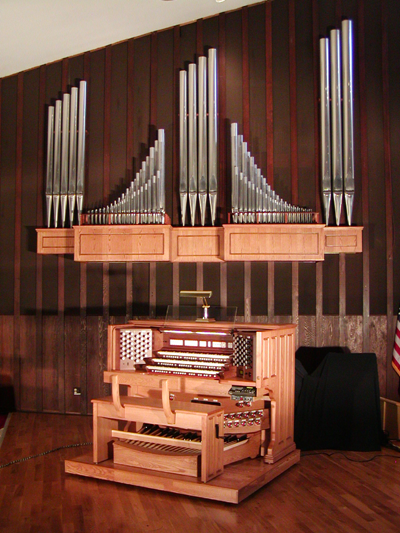Stewardship Season: Time to Escape Three Traps

It’s that time of year. Caution and survival-thinking square off with boldness and progress-thinking.
The time, of course, is money time. Stewardship campaigns are in full swing. At the very time when Bible readings, sermons and liturgies compel us to anticipate God’s new things and God’s dramatic entry into human history, we tally up the pledges and double-down on old things and “realistic assessments” of what is possible.
To some extent we are trapped in our inheritance. For over four decades, giving in mainline congregations has failed to keep pace with minimum requirements to keep facilities open and at least some staff employed. We are like the family that is upside-down on their mortgage or their car payments: what choice do they have but to cut back on other expenses?
If we were starting from scratch as homeowners, knowing what we now know, we wouldn’t reach for that fourth bedroom, or assume we have the money and heart to do a gut renovation, or assume the perfect neighborhood will strengthen our family.
In the same way, knowing what we now know about changing religious behaviors and changing lifestyles, we wouldn’t build facilities focused on Sunday worship. We might not build stand-alone churches at all.
My back-of-envelope estimate is that two-thirds of mainline congregations can no longer afford the facilities they own. Trying to keep the doors open is making it difficult to do anything inside those doors that could respond to a changing world. We are trapped by bricks-and-mortar.
We are also trapped by expectations of pastoral care, namely, one professional pastor whose primary job is tending to the pastoral needs of members, and thereby being made unavailable to the ministries and activities that would actually build the future, such as program development, leadership training, communications strategy, and networking in the larger community.
We are, finally, trapped in our memories of what used to be and, thus, our unwillingness to see how much has changed. A recent Pew study, for example, found that mainline Protestants have only a 20% rate of high involvement in congregational life, well below the national average for all Christians and less than a third of involvement among Mormons and Jehovah’s Witnesses. The Episcopal Church ranks last among mainline churches, with only 13% of its members claiming a high degree of involvement.
Yet, in our budgeting, we continue to budget for the 1950s, when involvement levels were substantially higher.
Money isn’t the be-all and end-all, of course, but our annual adventures in money are a good measure. Can we get beyond survival thinking — the thinking that cannot imagine life beyond the traps of bricks-and-mortar, pastoral expectations and ignoring changes? Can we present fresh reasons to give, and then adopt fresh reasons to spend?
I have two fundamental recommendations on spending: first, let’s decide in advance to live within our means. No more magical thinking. If members are giving at a level that will support, say, a budget of $150,000, let’s make that our cap.
Second, let’s budget for mission and ministry, not for continuation of what we have. If mission and ministry truly require a large once-a-week space devoted to corporate worship, then go for it. But if mission and ministry — doing what Jesus did — lead us in different directions, let’s go there.
About the Author
Tom Ehrich is a writer, church consultant and Episcopal priest based in New York. He is the publisher of Fresh Day online magazine, author of On a Journey and two national newspaper columns. His website is Church Wellness – Morning Walk Media

